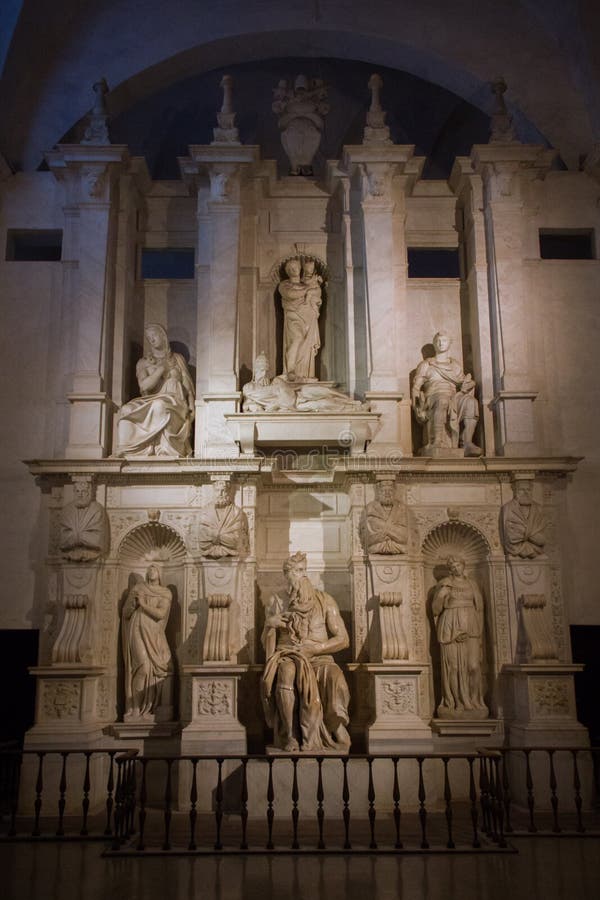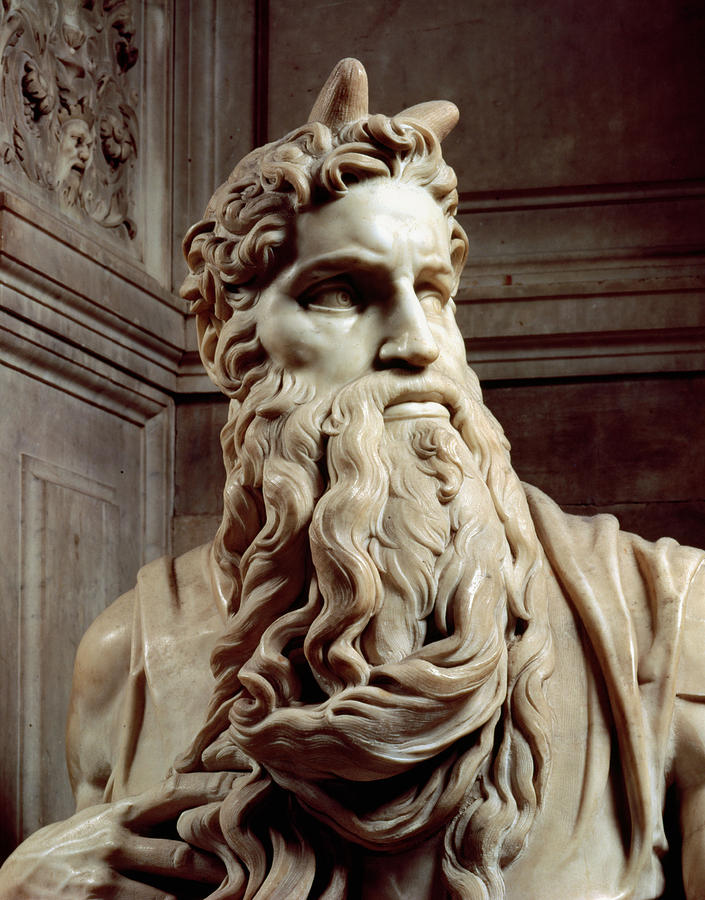

~~~ Virtual Tours of Museums in Italy Rome Museums and Historical Sites “If you knew how much work went into it, you wouldn’t call it genius.” “Death and love are the two wings that bear the good man to heaven.” “I live and love in God’s peculiar light.” “It is necessary to keep one’s compass in one’s eyes and not in the hand, for the hands execute, but the eye judges.” “A beautiful thing never gives so much pain as does failing to hear and see it.” ‘Trifles make perfection, and perfection is no trifle.” “If people knew how hard I had to work to gain my mastery, it would not seem so wonderful at all.” “The greatest danger for most of us is not that our aim is too high and we miss it, but that it is too low and we reach it.” “A man paints with his brains and not with his hands.” “An artist must have his measuring tools not in the hand, but in the eye.” “My soul can find no staircase to Heaven unless it is through Earth’s loveliness.” “Every block of stone has a statue inside it, and it is the task of the sculptor to discover it.” In spite of my old age, I do not want to give it up I work out of love for God, and I put all my hope in Him.” “Many believe – and I believe – that I have been designated for this work by God. “The true work of art is but a shadow of the divine perfection.” “Trifles make perfection, and perfection is no trifle.” “Lord, grant that I may always desire more than I can accomplish.” “I saw the angel in the marble and carved until I set him free.” Was this the mark of Michelangelo’s hammer? “Young Slave” by Michelangelo

Legend has it that he struck the right knee commanding, “now speak!” upon its completion. Michelangelo felt that this was his most lifelike creation. The most famous sculpture associated with the tomb is the figure of Moses. After the Pope died in 1513, the project’s scale was reduced to a simple wall tomb with fewer than one-third of the figures initially planned. The original plan called for a freestanding, three-level structure with some 40 statues. This project became one of the great disappointments of Michelangelo’s life when the Pope interrupted the commission, and the funds were diverted to other projects. The tomb was installed in the church of San Pietro in Vincoli on the Esquiline in Rome after the Pope’s death.Īs initially conceived, the tomb would have been an enormous structure. The Tomb of Pope Julius II is a sculptural and architectural ensemble by Michelangelo and his assistants initially commissioned in 1505 but not completed until 1545 on a much-reduced scale. The other sculptures for the tomb, the “Young Slave,” the “Atlas Slave,” the “Bearded Slave,” and the “Awakening Slave,” are displayed at the Gallery of the Academy of Florence Tomb of Pope Julius II The statues of the “Dying Slave” and the “Rebellious Slave” were finished but not included in the monument in its last and reduced design and can now be seen in the Louvre.Īnother figure intended for Pope Julius’ tomb is “The Genius of Victory,” now in the Palazzo Vecchio in Florence. Art historians debate the meaning of the Prigioni sculptures. The whole surface gives clear traces of the chisels and scrapers used in the sculpting process.īecause of its unfinished state, the figure connects to a primordial act of liberation from its prison of rough stone in an epic battle with chaos. His hands and head are less worked, while the back is entirely unsculpted. This figure is among the more completed of the group at Gallery of the Academy of Florence and shows a clear definition in his legs, torso, especially on the left-hand side and his arms. His left arm is raised to cover his face, and his right arm is behind his back, held by a chain that is not visible.

His knees are bent as if bearing an enormous force on his back. The Young Slave was sculpted in the 1520s in Florence.
#Michelangelo tomb of julius ii series
It was to be a series of more-than-life-size statues of chained figures in various poses, leaning on the pilasters which framed a set of niches, each of which would contain a “Winged Victory.” The first version of the tomb of Julius II had a series of prisoners planned for the lowest level of the mausoleum. It is part of the “unfinished” series of prisoners called “Prigioni” in Italian “intended for the Tomb of Julius II. “Young Slave” by Michelangelo is a marble sculpture that started about 1525–1530.


 0 kommentar(er)
0 kommentar(er)
